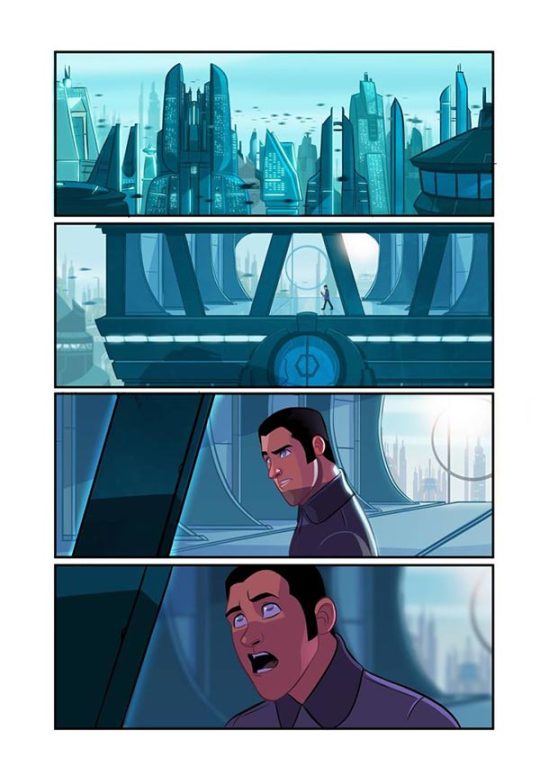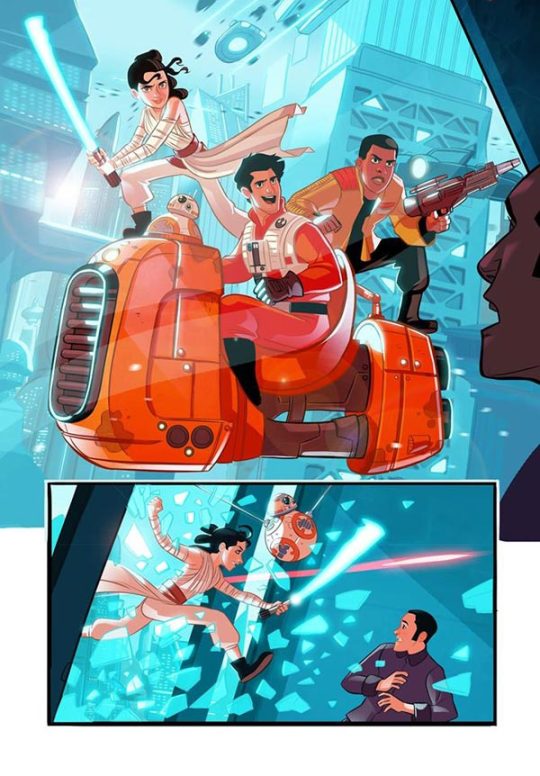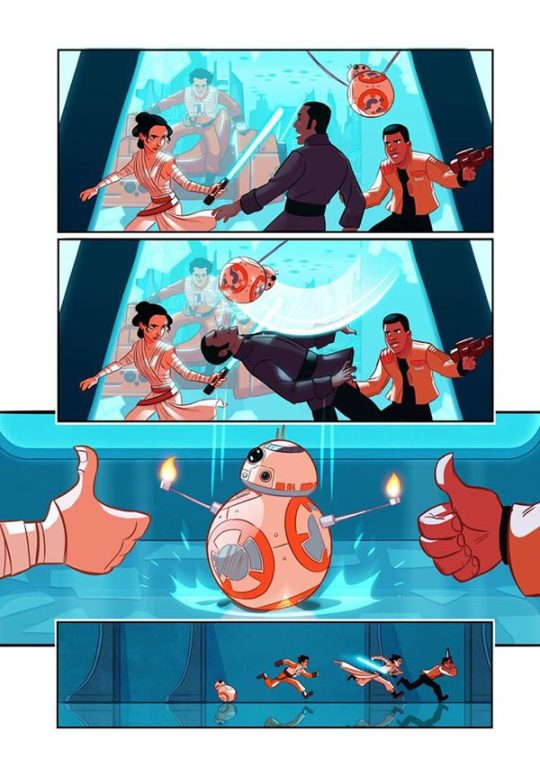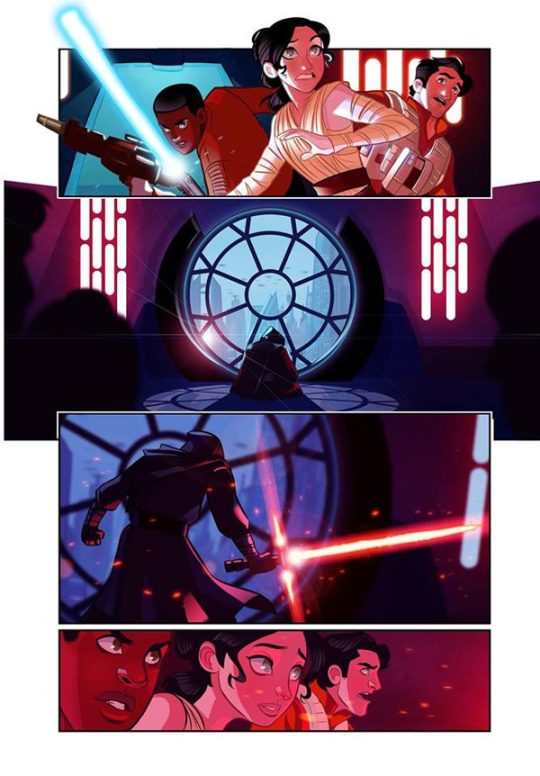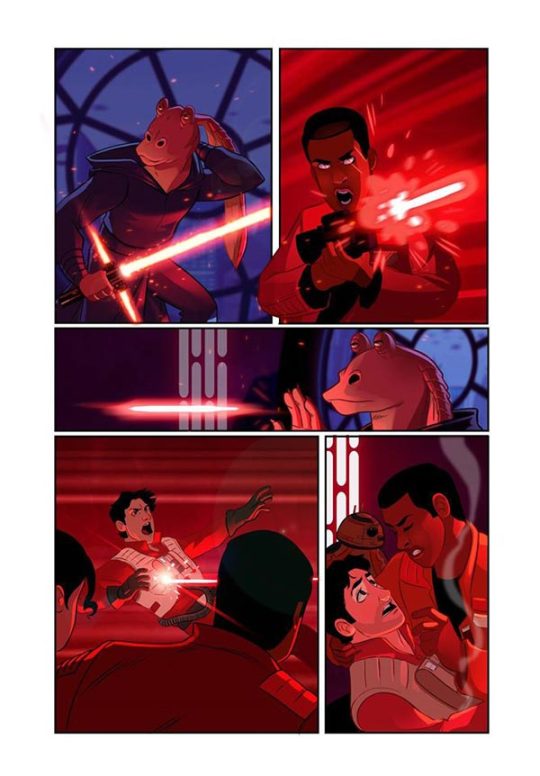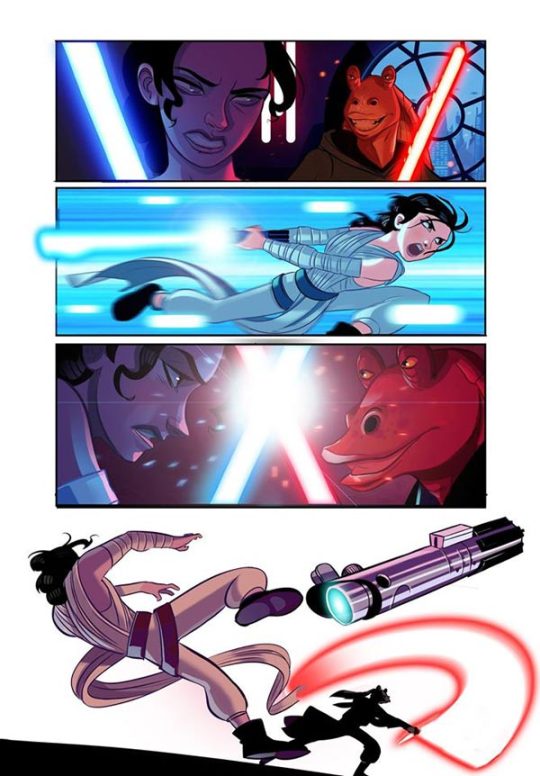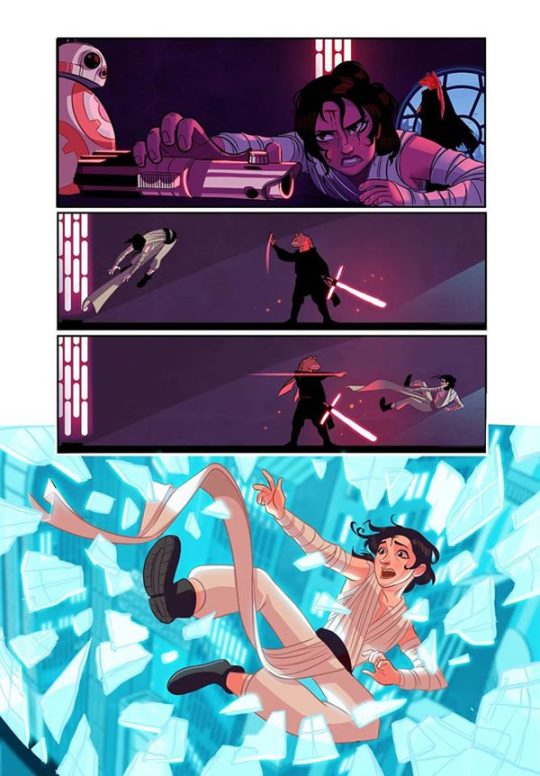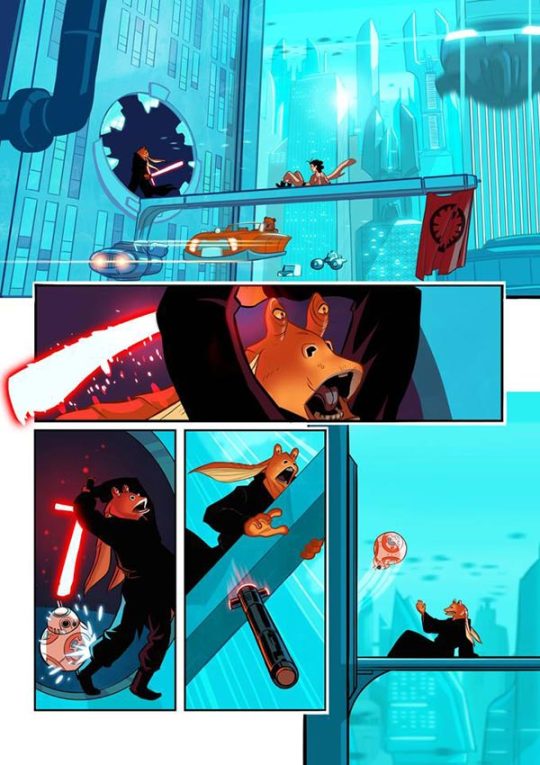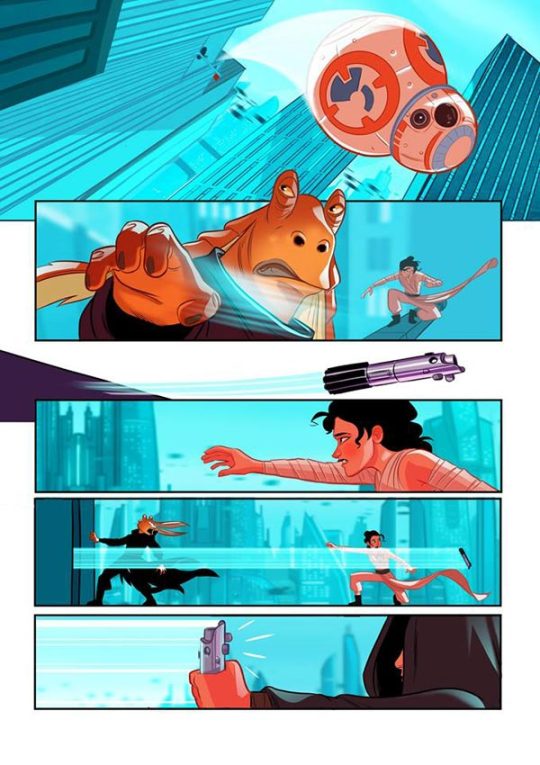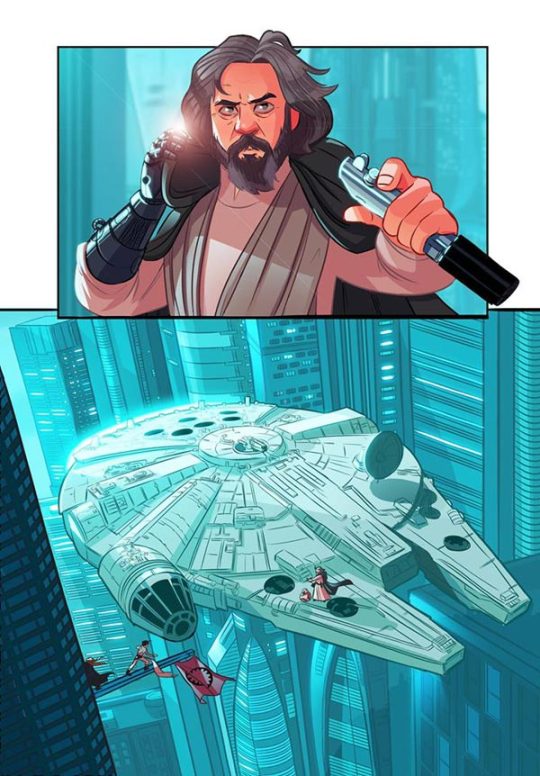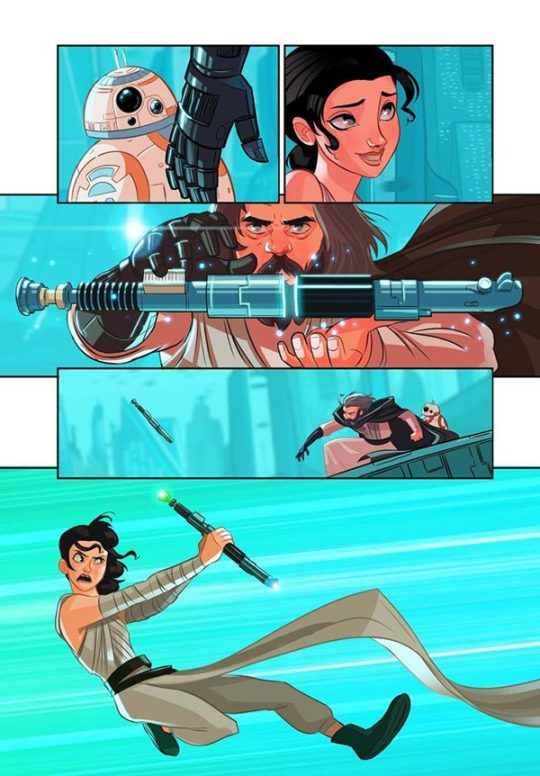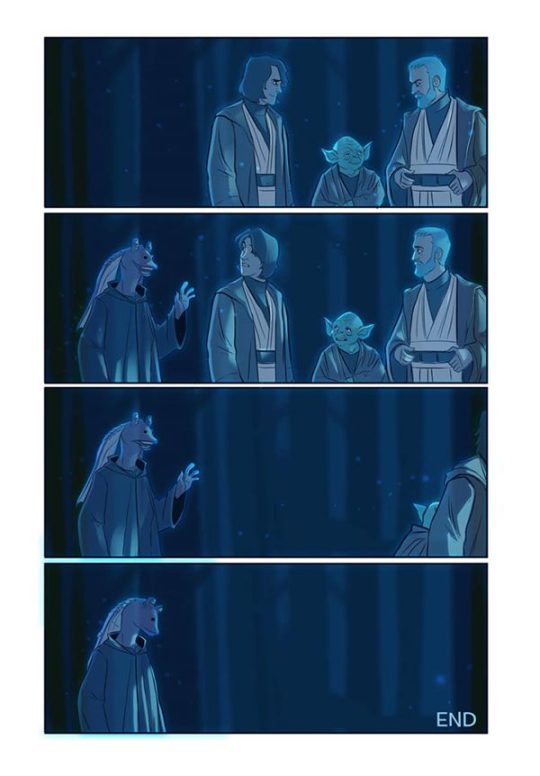
By Fay WellsNovember 18 at 6:00 AMFay Wells is vice president of strategy at a company in California.
On Sept. 6, I locked myself out of my apartment in Santa Monica, Calif. I was in a rush to get to my weekly soccer game, so I decided to go enjoy the game and deal with the lock afterward.
A few hours and a visit from a locksmith later, I was inside my apartment and slipping off my shoes when I heard a man’s voice and what sounded like a small dog whimpering outside, near my front window. I imagined a loiterer and opened the door to move him along. I was surprised to see a large dog halfway up the staircase to my door. I stepped back inside, closed the door and locked it.
I heard barking. I approached my front window and loudly asked what was going on. Peering through my blinds, I saw a gun. A man stood at the bottom of the stairs, pointing it at me. I stepped back and heard: “Come outside with your hands up.” I thought: This man has a gun and will kill me if I don’t come outside. At the same time, I thought: I’ve heard this line from policemen in movies. Although he didn’t identify himself, perhaps he’s an officer.
I left my apartment in my socks, shorts and a light jacket, my hands in the air. “What’s going on?” I asked again. Two police officers had guns trained on me. They shouted: “Who’s in there with you? How many of you are there?”
I said it was only me and, hands still raised, slowly descended the stairs, focused on one officer’s eyes and on his pistol. I had never looked down the barrel of a gun or at the face of a man with a loaded weapon pointed at me. In his eyes, I saw fear and anger. I had no idea what was happening, but I saw how it would end: I would be dead in the stairwell outside my apartment, because something about me — a 5-foot-7, 125-pound black woman — frightened this man with a gun. I sat down, trying to look even less threatening, trying to de-escalate. I again asked what was going on. I confirmed there were no pets or people inside.
I told the officers I didn’t want them in my apartment. I said they had no right to be there. They entered anyway. One pulled me, hands behind my back, out to the street. The neighbors were watching. Only then did I notice the ocean of officers. I counted 16. They still hadn’t told me why they’d come.
[I taught my black kids that their elite upbringing would protect them from discrimination. I was wrong.]
Later, I learned that the Santa Monica Police Department had dispatched 19 officers after one of my neighbors reported a burglary at my apartment. It didn’t matter that I told the cops I’d lived there for seven months, told them about the locksmith, offered to show a receipt for his services and my ID. It didn’t matter that I went to Duke, that I have an MBA from Dartmouth, that I’m a vice president of strategy at a multinational corporation. It didn’t matter that I’ve never had so much as a speeding ticket. It didn’t matter that I calmly, continually asked them what was happening. It also didn’t matter that I didn’t match the description of the person they were looking for — my neighbor described me as Hispanic when he called 911. What mattered was that I was a woman of color trying to get into her apartment — in an almost entirely white apartment complex in a mostly white city — and a white man who lived in another building called the cops because he’d never seen me before.
Play Video2:27
911 call to Santa Monica Police Dept.
On Sept. 6, 2015, a man called the Santa Monica Police Department to report a burglary in his apartment building. This is an excerpt of that call. (Santa Monica Police Department)
After the officers and dog exited my “cleared” apartment, I was allowed back inside to speak with some of them. They asked me why I hadn’t come outside shouting, “I live here.” I told them it didn’t make sense to walk out of my own apartment proclaiming my residence when I didn’t even know what was going on. I also reminded them that they had guns pointed at me. Shouting at anyone with a gun doesn’t seem like a wise decision.
I had so many questions. Why hadn’t they announced themselves? Why had they pointed guns at me? Why had they refused to answer when I asked repeatedly what was going on? Was it protocol to send more than a dozen cops to a suspected burglary? Why hadn’t anyone asked for my ID or accepted it, especially after I’d offered it? If I hadn’t heard the dog, would I have opened the door to a gun in my face? “Maybe,” they answered.
I demanded all of their names and was given few. Some officers simply ignored me when I asked, boldly turning and walking away. Afterward, I saw them talking to neighbors, but they ignored me when I approached them again. A sergeant assured me that he’d personally provide me with all names and badge numbers.
[I’m a cop. If you don’t want to get hurt, don’t challenge me.]
I introduced myself to the reporting neighbor and asked if he was aware of the gravity of his actions — the ocean of armed officers, my life in danger. He stuttered about never having seen me, before snippily asking if I knew my next-door neighbor. After confirming that I did and questioning him further, he angrily responded, “I’m an attorney, so you can go f— yourself,” and walked away.
I spoke with two of the officers a little while longer, trying to wrap my mind around the magnitude and nature of their response. They wondered: Wouldn’t I want the same response if I’d been the one who called the cops? “Absolutely not,” I told them. I recounted my terror and told them how I imagined it all ending, particularly in light of the recent interactions between police and people of color. One officer admitted that it was complicated but added that people sometimes kill cops for no reason. I was momentarily speechless at this strange justification.
I got no clear answers from the police that night and am still struggling to get them, despite multiple visits, calls and e-mails to the Santa Monica Police Department requesting the names of the officers, their badge numbers, the audio from my neighbor’s call to 911 and the police report. The sergeant didn’t e-mail me the officers’ names as he promised. I was told that the audio of the call requires a subpoena and that the small army of responders, guns drawn, hadn’t merited an official report. I eventually received a list from the SMPD of 17 officers who came to my apartment that night, but the list does not include the names of two officers who handed me their business cards on the scene. I’ve filed an official complaint with internal affairs.
[Instead of cash reparations, give every black person 5/3 a vote]
To many, the militarization of the police is primarily abstract or painted as occasional. That thinking allows each high-profile incident of aggressive police interaction with people of color — Michael Brown, Eric Garner, Freddie Gray — to be written off as an outlier.
What happened to them did not happen to me, but it easily could have. The SMPD sent 19 armed police officers who refused to answer my questions while violating my rights, privacy and sense of well-being. A wrong move, and I could have been shot. My complaint is not the first against the department this year. This spring, the local branch of the NAACP and other concerned residents met with SMPD to discuss several incidents of aggressive policing against people of color. The NAACP asked SMPD for demographic information on all traffic, public transportation and pedestrian stops; so far, the department has promised to release a report of detailed arrest data next year.
 (Kyle Monk for The Washington Post)
(Kyle Monk for The Washington Post)The trauma of that night lingers. I can’t un-see the guns, the dog, the officers forcing their way into my apartment, the small army waiting for me outside. Almost daily, I deal with sleeplessness, confusion, anger and fear. I’m frightened when I see large dogs now. I have nightmares of being beaten by white men as they call me the n-word. Every week, I see the man who called 911. He averts his eyes and ignores me.
I’m heartbroken that his careless assessment of me, based on skin color, could endanger my life. I’m heartbroken by the sense of terror I got from people whose job is supposedly to protect me. I’m heartbroken by a system that evades accountability and justifies dangerous behavior. I’m heartbroken that the place I called home no longer feels safe. I’m heartbroken that no matter how many times a story like this is told, it will happen again.
Not long ago, I was walking with a friend to a crowded restaurant when I spotted two cops in line and froze. I tried to figure out how to get around them without having to walk past them. I no longer wanted to eat there, but I didn’t want to ruin my friend’s evening. As we stood in line, 10 or so people back, my eyes stayed on them. I’ve always gone out of my way to avoid generalizations. I imagined that perhaps these two cops were good people, but I couldn’t stop thinking about what the Santa Monica police had done to me. I found a lump in my throat as I tried to separate them from the system that had terrified me. I realized that if I needed help, I didn’t think I could ask them for it.
Editor’s note: The Santa Monica Police Department told The Washington Post that 16 officers were on the scene but later provided a list of 17 names. That list does not match the list of 17 names that was eventually provided to the writer; the total number of names provided by the SMPD is 19. The department also said that it was protocol for this type of call to warrant “a very substantial police response,” and that any failure of officers to provide their names and badge numbers “would be inconsistent with the Department’s protocols and expectations.” There is an open internal affairs inquiry into the writer’s allegations of racially motivated misconduct.
More from PostEverything:
There’s a reason Mizzou protesters didn’t want the media around
Don’t criticize Black Lives Matter for provoking violence. The civil rights movement did too.
Community policing might make police brutality worse


